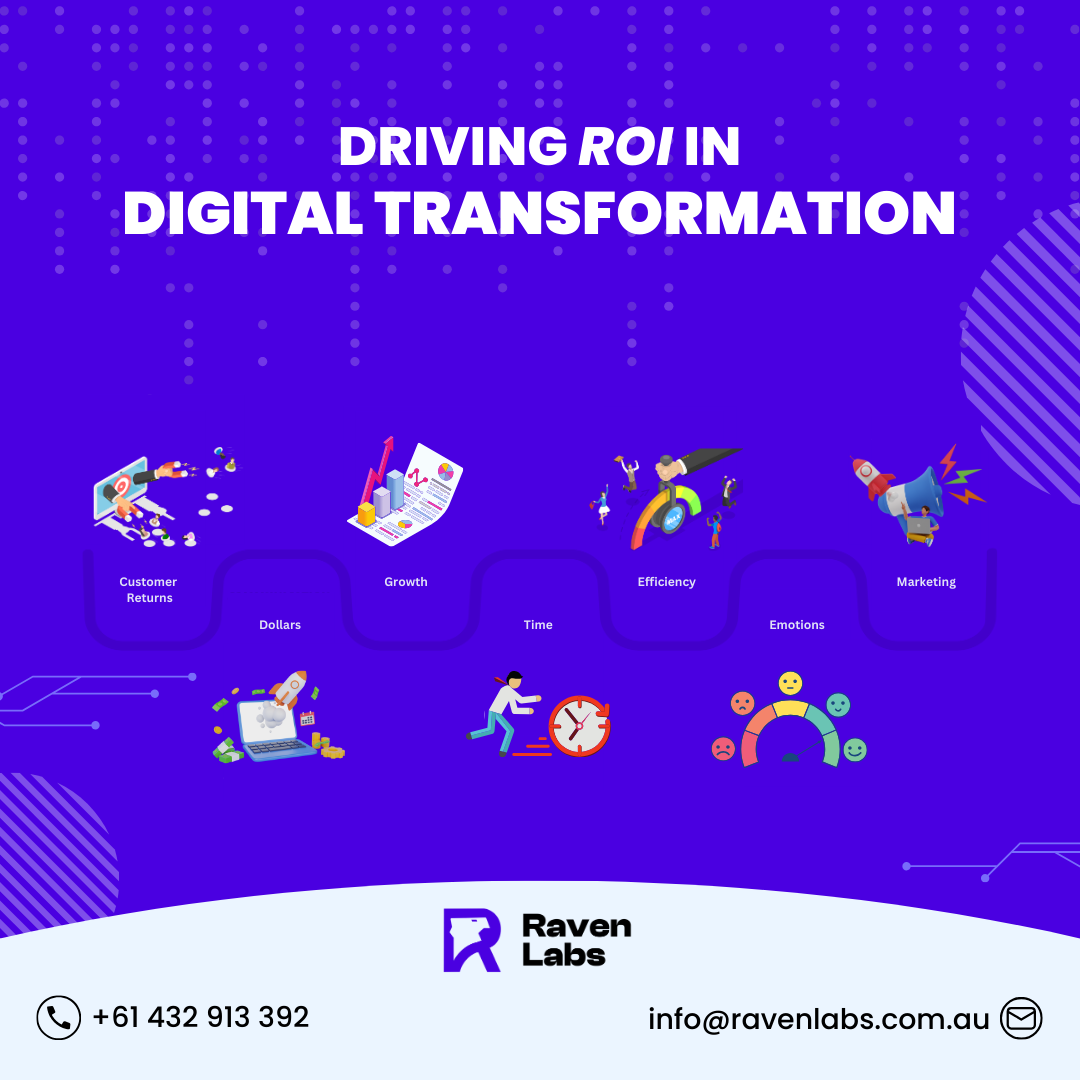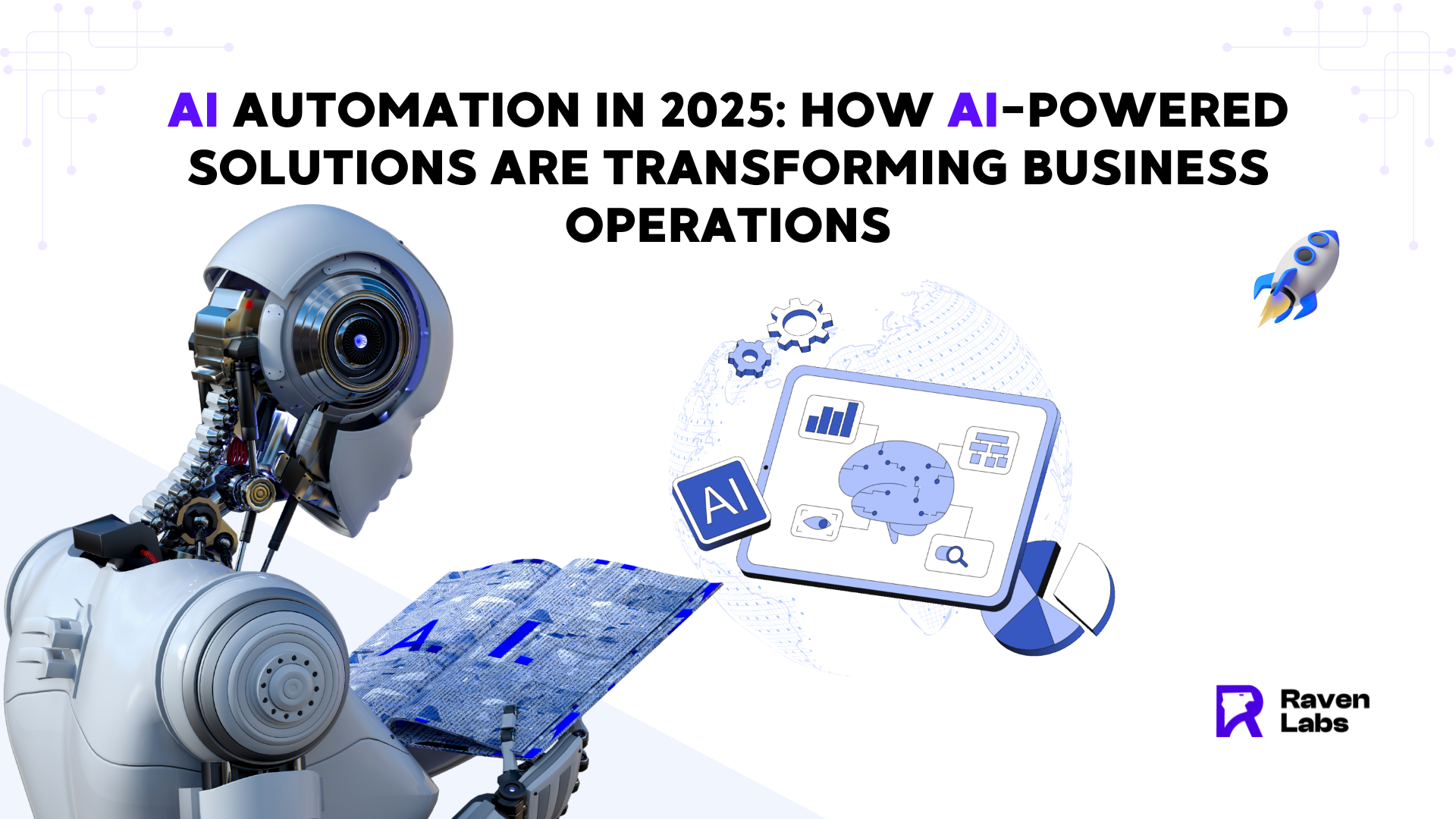In today’s rapidly evolving business landscape, digital transformation has become more than just a buzzword—it’s a strategic imperative. Organizations worldwide are investing heavily in digital initiatives to drive growth, improve efficiency, and enhance customer experiences. However, measuring the return on investment (ROI) of these digital transformation efforts can be complex and challenging. In this comprehensive guide, we’ll explore how organizations can maximize the ROI of their digital transformation initiatives by measuring success in Dollars, Time, and Emotions.
Measuring Success in Dollars
Revenue Growth: Digital transformation can lead to increased revenue through new business models, improved customer engagement, and expanded market reach.
Profit Growth: By optimizing operations and reducing costs, organizations can improve profitability and achieve a higher ROI.
Cost Savings: Digital technologies can streamline processes, reduce waste, and lower operational costs, contributing to overall cost savings.
Measuring Success in Time
Scalability: Digital transformation enables organizations to scale their operations more efficiently, allowing them to adapt to changing market conditions and customer demands.
Time to Market: By speeding up product development cycles and reducing time-to-market, organizations can gain a competitive edge and increase revenue potential.
Internal Time Effort: Digital transformation can streamline internal processes, reduce manual work, and improve employee productivity, leading to time savings across the organization.
Measuring Success in Emotions
Employee Satisfaction: Engaged and satisfied employees are more productive and innovative, leading to better business outcomes and a higher ROI.
Customer Satisfaction: Digital transformation can enhance the customer experience, improve satisfaction levels, and increase customer loyalty and retention.
Supplier and Stakeholder Satisfaction: By improving communication and collaboration with suppliers and stakeholders, organizations can strengthen relationships and drive mutual success.
Additional Factors
Cost of Implementation: Organizations need to consider the upfront costs associated with digital transformation, including technology investments, training, and change management.
Timeline of Implementation: The timeline for implementing digital transformation initiatives can impact ROI, with quicker implementations often leading to faster returns.
Timeline for System Adoption: The time it takes to fully embed new digital systems and technologies can affect the overall ROI of the transformation.
In conclusion, measuring the ROI of digital transformation requires a holistic approach that considers financial, temporal, and emotional factors. By focusing on these key areas and continuously assessing and optimizing digital initiatives, organizations can maximize the ROI of their digital transformation efforts and drive sustainable business growth.
For more insights on maximizing the ROI of digital transformation, visit [Raven Labs website]. Contact us: Phone: +61 432 913 392 Email: info@ravenlabs.com.au




